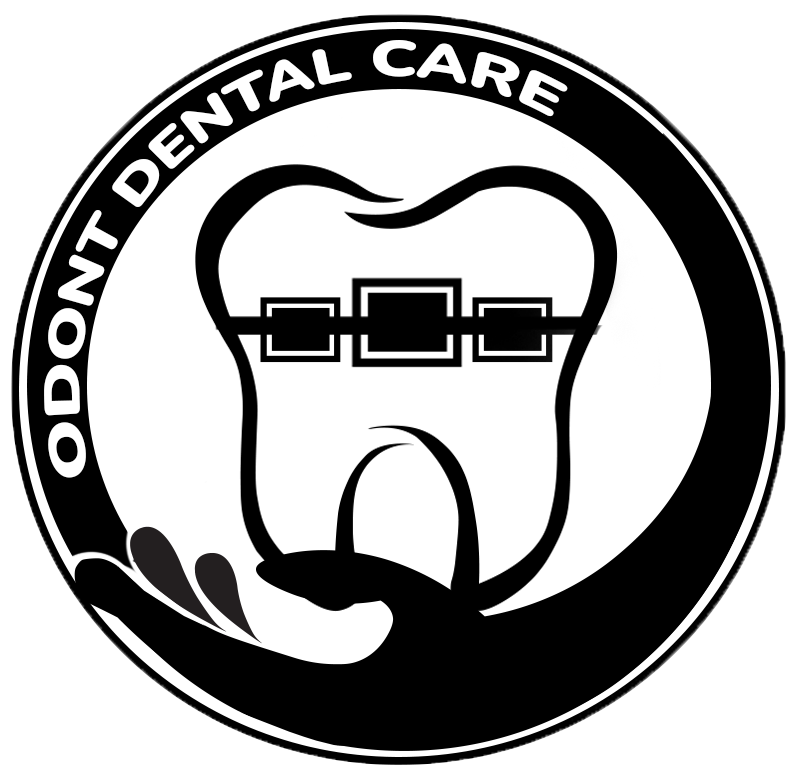Root canal therapy is a dental procedure designed to treat and save a tooth that has a damaged or infected pulp—the soft inner tissue containing nerves and blood vessels. Despite its reputation for causing anxiety, root canal therapy is a crucial and routine procedure that helps alleviate pain, prevent tooth loss, and restore oral health. In this comprehensive exploration, we will delve into the various aspects of root canal therapy, including its purpose, procedure, benefits, and common misconceptions.
Introduction to Root Canal Therapy:
Root canal therapy, often referred to as endodontic treatment, is performed when the pulp of a tooth becomes inflamed or infected. This can happen due to deep decay, repeated dental procedures on the same tooth, a crack or chip in the tooth, or trauma to the face. If left untreated, the infection can lead to an abscess, causing severe pain and swelling and potentially spreading to other areas of the body.
Purpose of Root Canal Therapy:
The primary goal of root canal therapy is to save a tooth that would otherwise need to be extracted. By removing the infected or damaged pulp, the dentist can clean, disinfect, and shape the root canals before filling and sealing them. This process prevents the spread of infection and helps preserve the natural tooth, maintaining the stability and functionality of the patient’s bite.
Procedure Overview:
Root canal therapy typically involves several steps. The dentist begins by taking X-rays to assess the extent of the infection and determine the shape of the root canals. Local anesthesia is then administered to ensure the patient is comfortable throughout the procedure. The dentist creates an opening in the tooth to access the pulp chamber and root canals. Using specialized instruments, they remove the infected or inflamed pulp and clean the interior of the tooth thoroughly.
After cleaning, the dentist shapes the root canals to prepare them for filling. The next step involves filling the canals with a biocompatible material, often gutta-percha, to seal them and prevent the entry of bacteria. Finally, the access opening is sealed with a temporary or permanent filling. In some cases, a crown may be recommended to protect and strengthen the treated tooth.
Benefits of Root Canal Therapy:
- Pain Relief: One of the primary benefits is the relief of pain associated with the infected tooth. The procedure eliminates the source of the pain, allowing patients to regain comfort.
- Preservation of Natural Tooth: Unlike extraction, root canal therapy allows the preservation of the natural tooth, maintaining the stability of the bite and preventing neighboring teeth from shifting.
- Aesthetics and Functionality: With advancements in dental technology, root canal-treated teeth can be restored with natural-looking crowns, ensuring both aesthetic appeal and proper functionality.
- Prevention of Further Complications: Root canal therapy prevents the spread of infection to surrounding tissues, reducing the risk of abscess formation and potential systemic complications.
Common Misconceptions:
- Pain During the Procedure: Contrary to popular belief, root canal therapy is not a painful procedure. With the use of local anesthesia, patients typically experience minimal discomfort during the treatment.
- Tooth Removal is a Better Option: Extracting a tooth may seem like a quicker solution, but it can lead to long-term consequences such as changes in bite, difficulty in chewing, and the need for replacement with prosthetics.
- Root Canals Cause Illness: The myth linking root canals to systemic illnesses has been debunked. Scientific evidence does not support the idea that properly performed root canal therapy contributes to overall health issues.
Aftercare and Recovery:
Following root canal therapy, patients may experience mild discomfort for a few days, which can be managed with over-the-counter pain medication. It is essential to follow any post-operative instructions provided by the dentist, such as avoiding certain foods and maintaining good oral hygiene. Regular follow-up appointments allow the dentist to monitor the healing process and, if necessary, place a permanent restoration like a crown.
Advanced Techniques and Technologies:
- Digital Imaging: Advanced imaging techniques, such as digital radiography, enhance the diagnostic capabilities of dentists, allowing for more precise planning and execution of root canal therapy.
- Rotary Instruments: The use of rotary instruments in root canal procedures improves efficiency, reduces treatment time, and enhances the overall success of the therapy.
- Microscopes: High-powered microscopes enable dentists to visualize the intricate details of root canal anatomy, ensuring thorough cleaning and shaping of the canals.
Potential Complications and Considerations:
While root canal therapy is a highly successful and routine procedure, complications can arise. These may include incomplete removal of infected tissue, untreated accessory canals, or the development of a new infection. In such cases, additional treatment or endodontic surgery may be necessary.
Cost Considerations and Insurance:
The cost of root canal therapy can vary based on factors such as the tooth’s location, the complexity of the procedure, and the need for additional restorations. Many dental insurance plans cover a portion of the cost, but patients should be aware of any out-of-pocket expenses.
Conclusion:
Root canal therapy is a vital dental procedure that has revolutionized the field of endodontics. By addressing infections and preserving natural teeth, this treatment contributes to overall oral health and well-being. Understanding the purpose, procedure, benefits, and debunking common myths surrounding root canal therapy empowers individuals to make informed decisions about their dental care. Regular dental check-ups, early intervention, and adherence to post-operative care instructions play pivotal roles in ensuring the success of root canal therapy and maintaining a healthy smile for years to come.
In conclusion, root canal therapy is not only a dental intervention but a crucial step toward preserving oral health and enhancing the quality of life for individuals experiencing tooth infections or damage.


